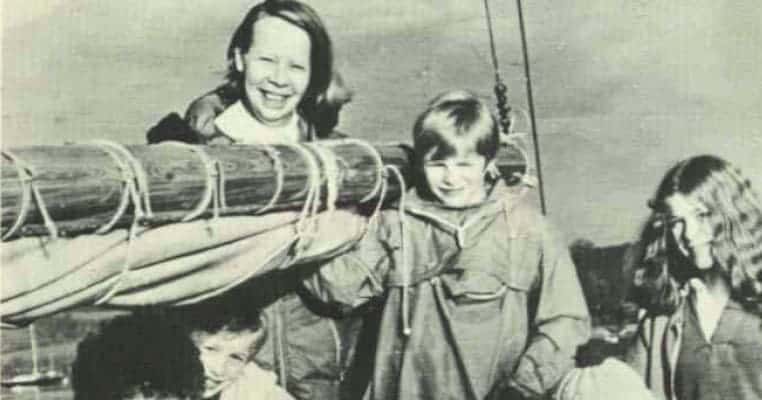Most people know of the fictional story of Robinson Crusoe, the shipwrecked English mariner who survived on an island off the coast of America for 28 years. However, less well known are the real Robinson Crusoes, the real-life castaways who shared a very similar fate. Some of these castaways were not shipwrecked at all, but deliberately marooned. Others chose their solitary island life. Others carved out a whole new existence on their islands and refused to leave them, while others became inadvertent pioneers into little-known lands and cultures. Most of these castaways may not have been alone for as long as Crusoe, but their stories are equally, if not more incredible. Here are just sixteen of the most remarkable historical castaways.

1. Gonzalo Guerrero: The Shipwrecked Spaniard who went native and fought against his countrymen
In 1511, a Spanish caravel was sailing from Panama to Santo Domingo when they hit a storm. Fifteen of the ships were lost. However, 18 of the crew and passengers from the sixteenth ship managed to board a lifeboat. For two weeks the 16 men and two women drifted without food or water along the Yucatan Peninsula. By the time the current brought them to shore at Quintana Roo in Mexico, half were dead. A local Mayan tribe immediately captured these survivors.
Five years later, the first Spanish Conquistadors, led by Hernan Cortes made landfall along the Yucatan coast. The conquistadors initially believed they were the first Europeans to encounter the Mayans. They quickly learned the survivors of the shipwreck had beaten them to that particular accolade. By this time, most of those survivors were dead, carried off by disease or sacrificed to the Mayan gods. However, two of the crew had managed to survive.
One was a friar Brother Geronimo Aguilar, who had steadfastly refused to abandon his religion or his Spanish identity. However, the other, Gonzalo Guerrero had taken a different approach. Guerrero was born in Palos de la Frontera in Spain in 1470. However, after his capture, the 41 years old soldier embraced the culture of his captors. Guerrero abandoned Christianity in favor of the Mayan gods and even “pierced his nose and ears and painted his face and hands in the manner of that people.”
Guerrero had integrated so successfully that he had even married Za’asil, the daughter of the Chief Na Chan Kan with whom he had three children: the first mestizos or persons of mixed Spanish/Amerindian ancestry. Guerrero’s loyalty to his new people was absolute. While Aguilar joined Cortes’s men as an interpreter, Guerrero stayed with the Mayans, commanding their armies and fighting off his former countryman. A Spanish bullet killed him in battle in 1536. The Spanish vilified Guerrero as a traitor and apostate. However, he remains honored in Mexico.

